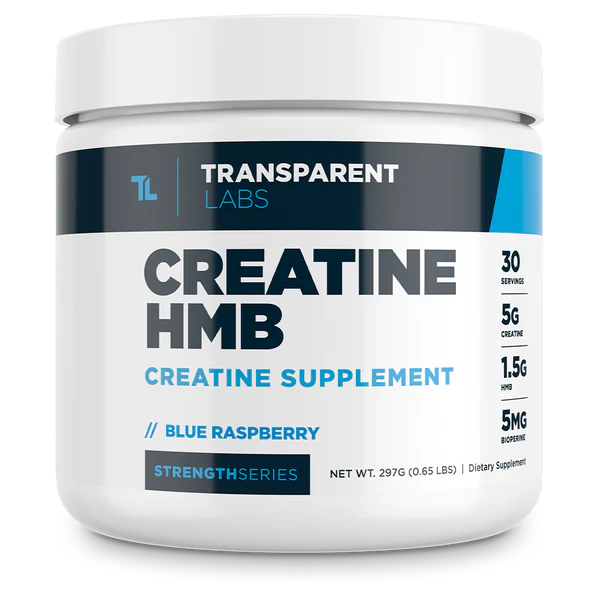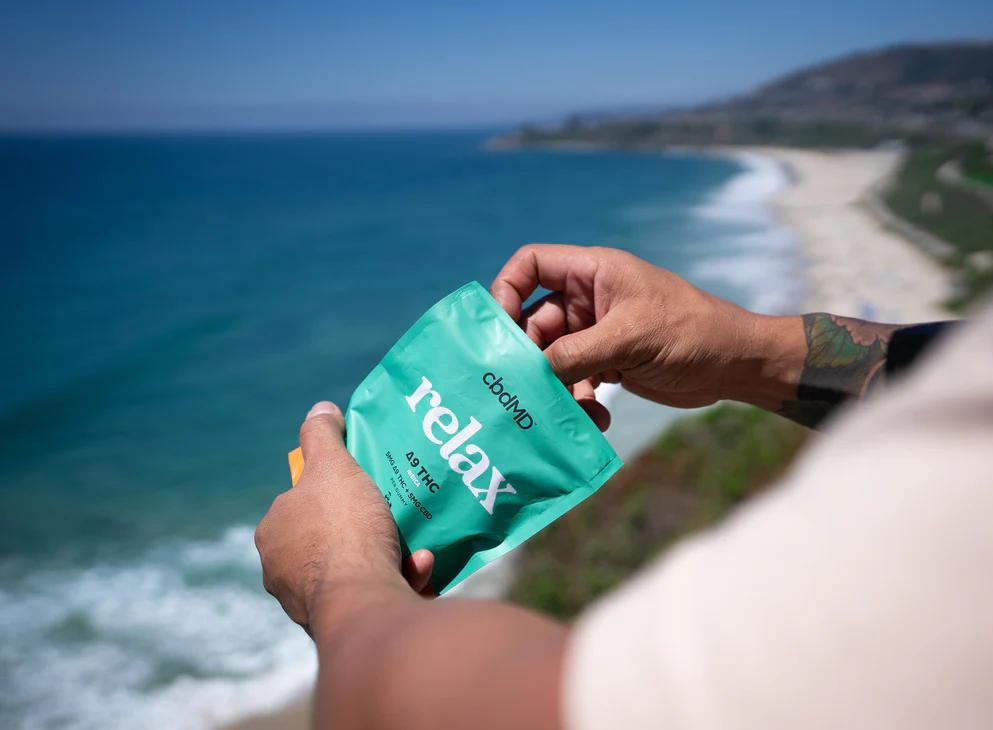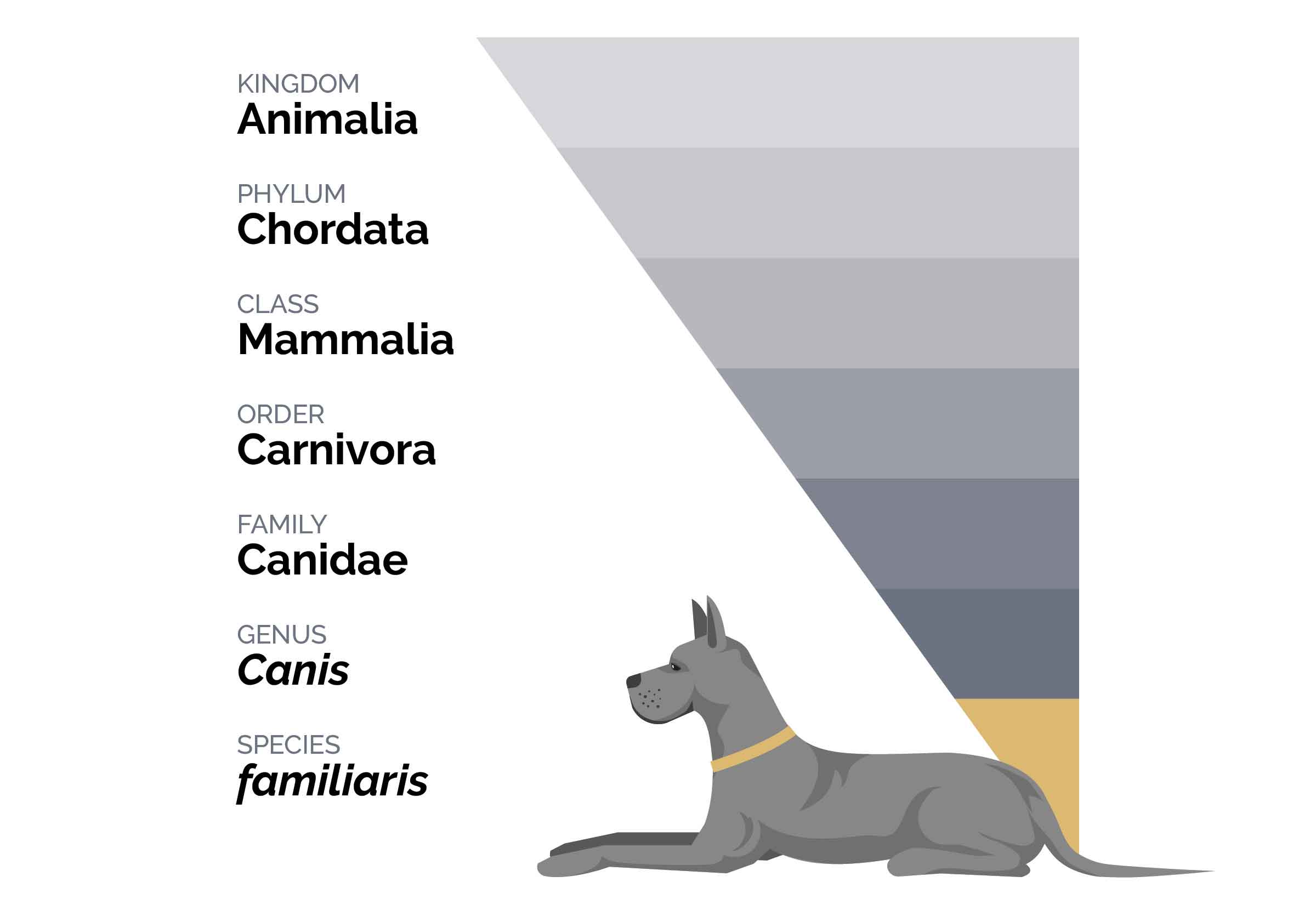All you have to decide is whether you prefer a powder, pill, or gummy and you’ll be well on your way to unlocking the benefits of this uber-popular supplement.
FAQs
Micronized creatine is processed to create smaller particles than the standard creatine powder. “Research shows micronized creatine monohydrate is not any more bioavailable than creatine monohydrate itself,” says R.D. Anna Marie Clear.
According to nutritionist Rob Hobson, most people take creatine after working out. “Research shows taking creatine after your workout may be marginally more beneficial given the increased uptake by muscles during this period, as exercise increases blood flow to muscle tissue,” he says.
Hobson recommends taking creatine with a meal or a drink containing carbohydrates. “The effects of insulin help transport creatine into muscle cells,” he says.
In short, no. According to the International Society of Sports Nutrition, “There is no scientific evidence that the short- or long-term use of creatine monohydrate has any detrimental effects on otherwise healthy individuals.”
Research shows the best dose is from 3 to 5 grams per day for most individuals. However, as R.D. Anna Marie Clear notes, the research-backed dose of 0.1 grams of creatine per kilogram of body weight means some larger individuals will need more than 5 grams per day to see optimal results.
Creatine may help increase your lean skeletal muscle mass, which can, in turn, increase your overall body weight. This overall increase in lean body mass will likely improve your body composition, as creatine supplementation does not impact your fat mass. “Good quality randomized controlled trials (one week to two years in duration) show creatine supplementation does not increase fat mass. Acute creatine supplementation (seven days) had no effect on fat mass in young and older adults; however, fat-free mass increased.”




Post Comment